がある (gaaru): there is (used for non-living things)
がいる (gairu): there is (used for living things)
Formation:
+ thing + がある
+ (living)thing + がいる
日本語 / にほんご / Japanese
(1)部屋にテレビがあります。
(2)冷蔵庫に卵があります。
(3)私の町に病院があります。
(4)川に魚がいます。
(5)公園に白い鳥がいます。
(6)教室に子どもがいます。
ことばと表現 / Words & Expressions
部屋【へや heya】room
テレビ【テレビ terebi】TV
冷蔵庫【れいぞうこ reizouko】refrigerator
卵【たまご tamago】egg
町【まち mati】town
川【かわ kawa】river 魚【さかな sakana】fish
公園【こうえん kouen】park
白い【しろい siroi】white
鳥【とり tori】bird
教室【きょうしつ kyousitu】classroom
子ども【こども kodomo】child
英語 / えいご / English
(1)There is a TV in the room.
(2)There are eggs in the refrigerator.
(3)There is a hospital in my town.
(4)There are fish in the river.
(5)There are white birds in the park.
(6)There are children in the classroom.
ひらがな / Hiragana
(1)へやにテレビがあります。
(2)れいぞうこにたまごがあります。
(3)わたしのまちにびょういんがあります。
(4)かわにさかながいます。
(5)こうえんにしろいとりがいます。
(6)きょうしつにこどもがいます。
ローマ字 / Roman characters
(1)Heya ni terebi ga arimasu.
(2)Reizouko ni tamago ga arimasu.
(3)Watasi no mati ni byouin ga arimasu.
(4)Kawa ni sakana ga imasu.
(5)Kouen ni siroi tori ga imasu.
(6)Kyousitu ni kodomo ga imasu.








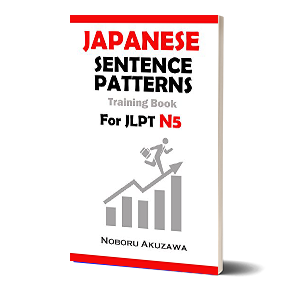
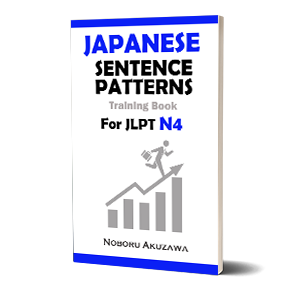
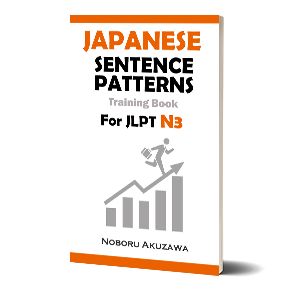
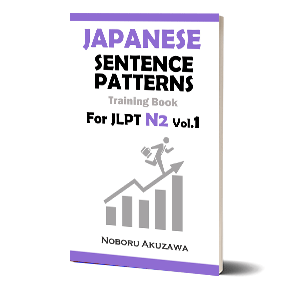
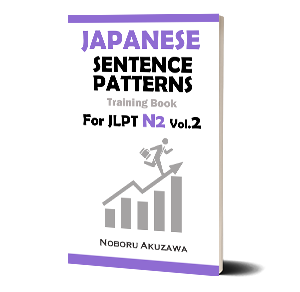
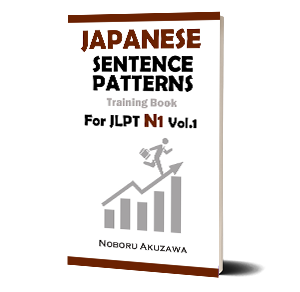

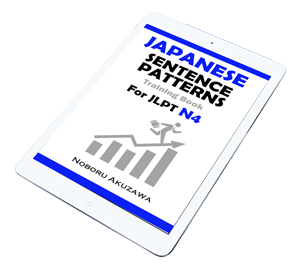
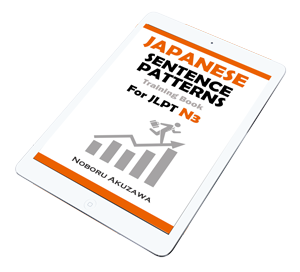
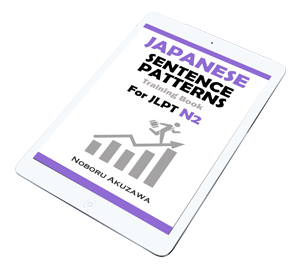
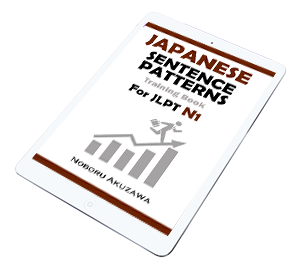








No comments yet.